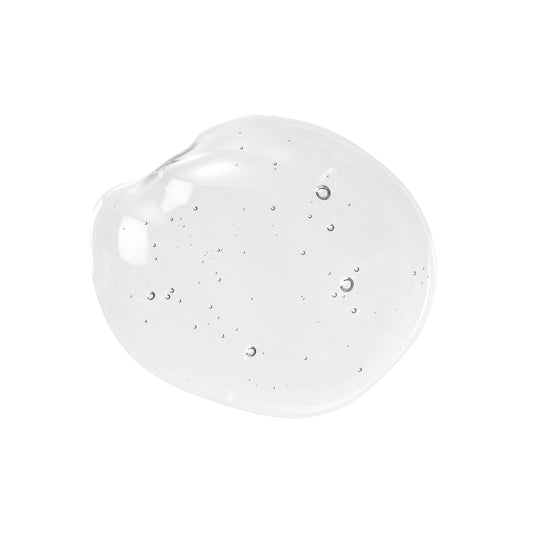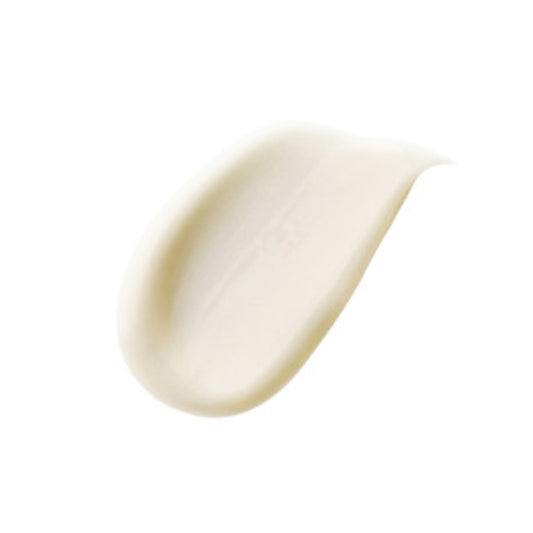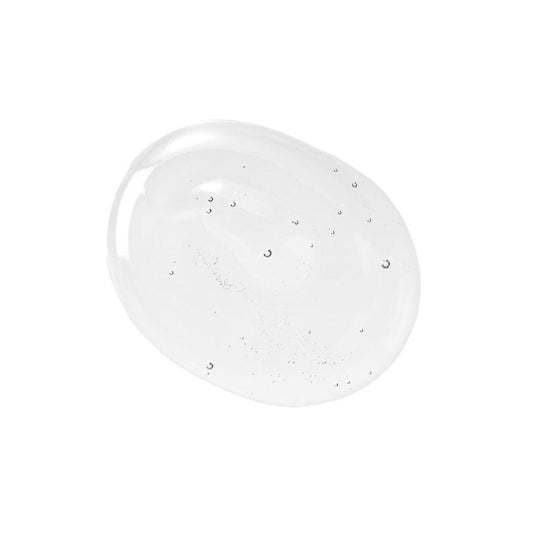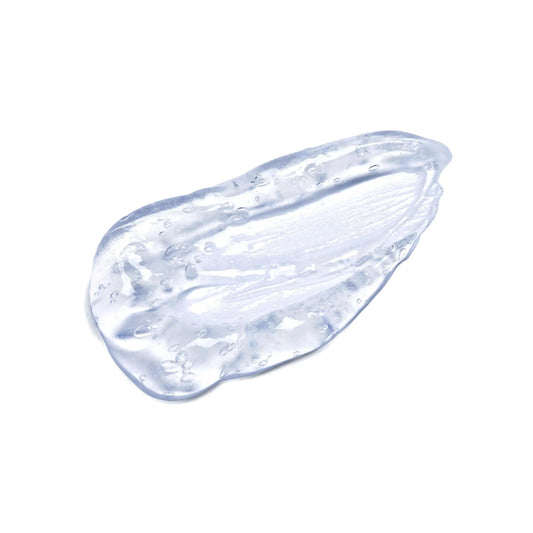Alpha-hydroxy acids (AHAs) are weak organic acids which include glycolic acid (GA), citric acid (CA), malic acid (MA), tartaric acid (TA), and lactic acid (LA), all of which are naturally-occurring organic acids present in many foods. The most commonly AHAs used within the cosmetic industry are Glycolic acid and Lactic Acid. The following blog will delve into the science behind AHA's and determine whether they are friends or foe! (Tang & Yang, 2018)

AHAs are used widely throughout the beauty industry for their powerful abilities to exfoliate the skin, and treat disorders related to keratinisation. AHAs reduce corneocyte cohesion superficial to the granular layer, thereby desquamating the stratum corneum. Therefore, AHAs are an extremely valuable tool in the treatment of acne, melasma, hyperpigmentation, scars, age spots, roughness and wrinkles. In regards to the latter, AHAs are commonly employed to treat wrinkles by promoting the synthesis of glycosaminoglycans and overall thickness of the skin. Despite all these positives, are AHAs doing damage to our skin?
There is some truth in the controversial claim that AHAs negatively impact our skin. Despite the plethora of beneficial outcomes related to AHA use, overuse of AHAs is believed to influence phototoxicity and photoprotection of the skin. To date, no official data has been published by official government bodies regarding any serious safety concerns of AHAs other than the ability of AHAs to cause redness, swelling, burning, pruritus and irritation with overuse.
So what's the conclusion ... are AHA's friend or foe? Like most active cosmetic ingredients, moderation should be practiced. Too little AHA use will not provide results, conversely, too much AHA use will cause irritation. Due to the heterogeneity of each individual in regards to their lifestyle and genetics, everyones skin is different and requires/can tolerate different amounts of AHA use. So, AHAs can be both friend and foe, but it's up to everyone to find their appropriate usage.
https://www.ncbi.nlm.nih.gov/pmc/articles/PMC6017965/#:~:text=AHAs%20are%20organic%20acids%20with,used%20extensively%20in%20cosmetic%20formulations.




